Say what you like about the St Leger — and I like it a lot — Doncaster’s finale to the British Classics rarely fails to provide a story. In 2012 it was Camelot’s narrow failure to become the first Triple Crown winner of the 2,000 Guineas, the Derby and the Leger since Nijinsky in 1970. Last year the filly Simple Verse was disqualified after being first past the post and then reinstated. This year it was both the dramatic tumble of the odds-on favourite Idaho mid-race and the last-gasp victory of Harbour Law, trainer Laura Mongan’s first-ever entry in a Classic. As one who has long argued that only ridiculous fashion sees Epsom ignored by many top owners as a training centre and that the handlers there would produce the results if they were only given the ammunition, I was delighted to see Laura and her husband/assistant Ian use their time in the spotlight to drum that message home. Those who only want to crab the final Classic will probably argue that Harbour Law’s victory merely confirms that it was a substandard year in a declining race. They are wrong. Despite sharing the 20-horse yard with some low-grade handicappers and jumpers, Harbour Law has been impeccably handled, he is a true stayer and he will prove the point in next year’s Cup races.
The glories of the St Leger, which originated in 1776, have been admirably recorded in a comprehensive and sumptuously produced new limited-edition volume by Tony Barber, The St Leger: A history of the world’s first Classic horserace (Raceform, £75), which reminds us how many of racing’s great stars have included Doncaster’s supreme test of three-year-old stamina among their victories. They include Ormonde, Hyperion, Formosa, Pretty Polly, Sceptre (the filly who is the only horse to have won four Classics) and of course Bahram (1935) and Nijinsky(1970), the last two horses to have achieved the Triple Crown. Barber’s work is a rich social history as well as an adornment to any racing man’s coffee table. Among his sidelights we learn that the 1782 winner Imperatrix was probably owned by Henry Goodricke, the rector of Sutton-in-the-Forest and prebendary of York, who ran his horses under other men’s names, while Apology, the victor in 1874, was owned under alias by the ‘racing parson the Rev King’, a clear stayer himself who married his kitchen maid of 22 at 74 and lived another nine years. The pair reminded me of the Gimcrack race dinner in York when a leading figure in the Church was invited to say grace: he declined on the grounds that he ‘would rather not remind the Almighty of my presence here’.
The 1830 St Leger winner Birmingham would apparently follow his owner’s wife around her dinner table like a tame dog (they must have entertained copiously), while the clearly malnourished W. Pierse, the winning jockey in 1793, had started his career at a riding weight of 3st 7lb. When Lester Piggott, the co-owner of son-in-law William Haggas’s Rivet,which won the opener on Leger day, was thrown from his mount before an earlier race the day he rode Nijinsky to victory, the rumour went round the course, Barber reveals, that he had been shot.
Barber records the old saying that ‘the fastest horse wins the Guineas, the luckiest the Derby — and the best horse wins the St Leger’. Owners, breeders and the more easily influenced trainers began to quibble with that view over recent decades and the St Leger has suffered from two interconnected phenomena: the internationalisation of racing and a growing emphasis on breeding for speed. Owners of top horses have been urged by Health and Safety trainers in recent years that if they want to have a crack at the Prix de l’Arc de Triomphe they should avoid the St Leger: ‘it is one or the other’, as an ageing Clement Freud once said to a lady who invited him to come upstairs and make love to her. Harzand, the Dermot Weld-trained winner of this year’s Derby and the Irish equivalent, was not entered at Doncaster.
The build-up of the Irish Champions Weekend at Leopardstown has provided a glamorous counter-attraction to Doncaster’s big day. The winners of the Oaks and the Guineas, the Epsom, Irish and French Derbies, the King George VI Chase and last year’s Breeders’ Cup Turf were all racing in Ireland, not at Doncaster, last Saturday, while, as John Gosden points out, the Americans who stage the Breeders’ Cup now regard the St Leger’s 1m 6f as a formidable marathon. That is why Doncaster has faced calls over the years to shorten the race or open it to other ages. Long may they be resisted. The giants of Coolmore are happy to keep sending horses to contest the Leger, despite some grim luck in recent years compounded by Idaho’s misfortune. So are Gosden and Sir Michael Stoute. If they all realise how important it is that we keep breeding Leger-bound stayers as well as sprinters, then so should the rest.
Got something to add? Join the discussion and comment below.
Get 10 issues for just $10
Subscribe to The Spectator Australia today for the next 10 magazine issues, plus full online access, for just $10.

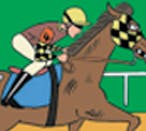
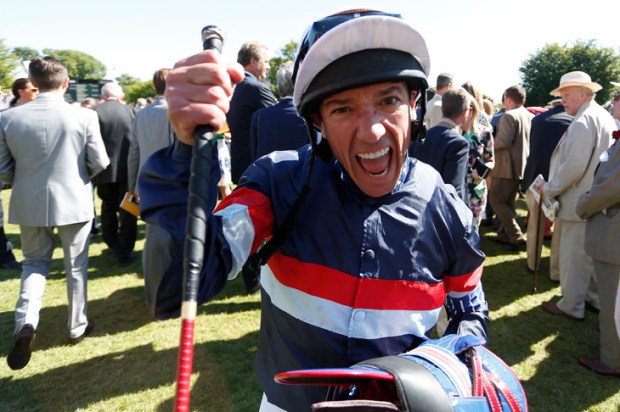
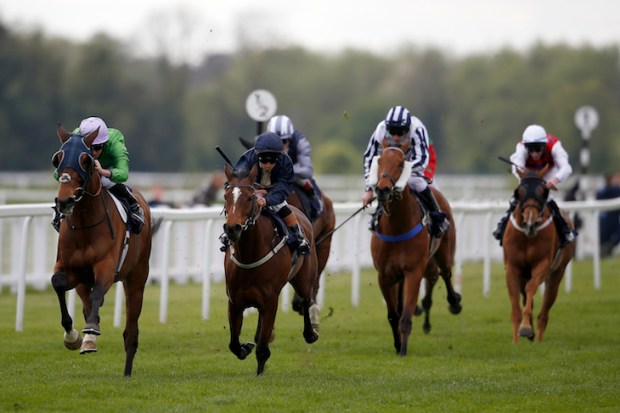
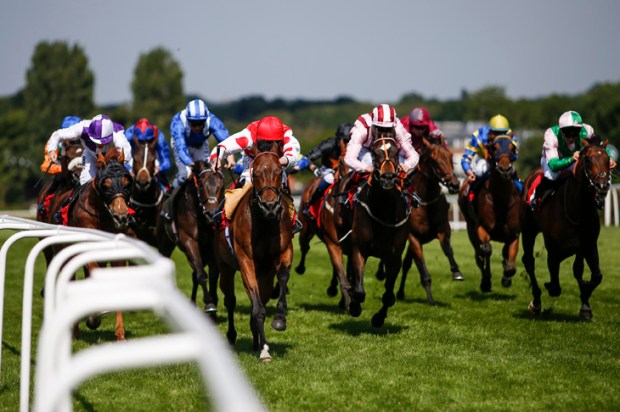
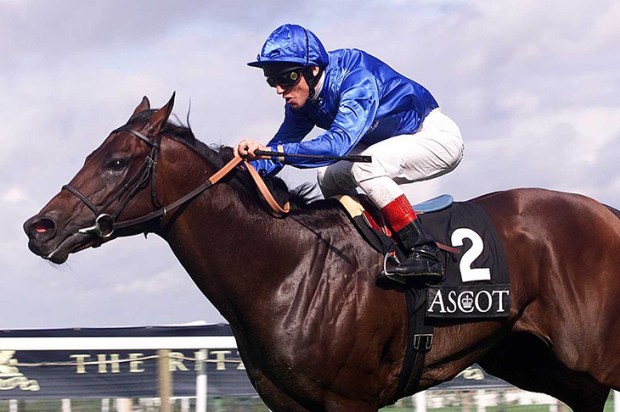
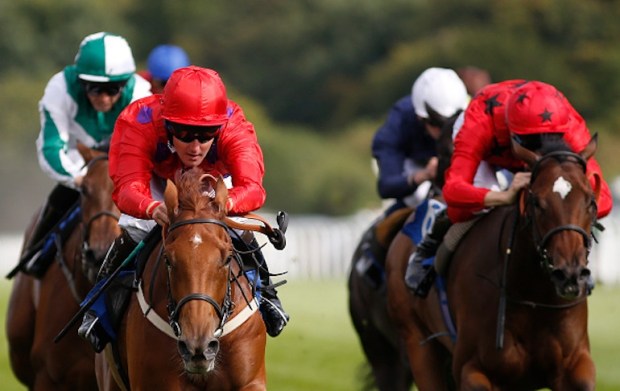
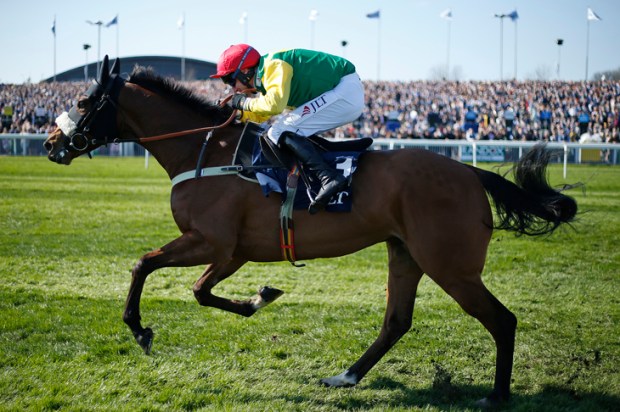






Comments
Don't miss out
Join the conversation with other Spectator Australia readers. Subscribe to leave a comment.
SUBSCRIBEAlready a subscriber? Log in